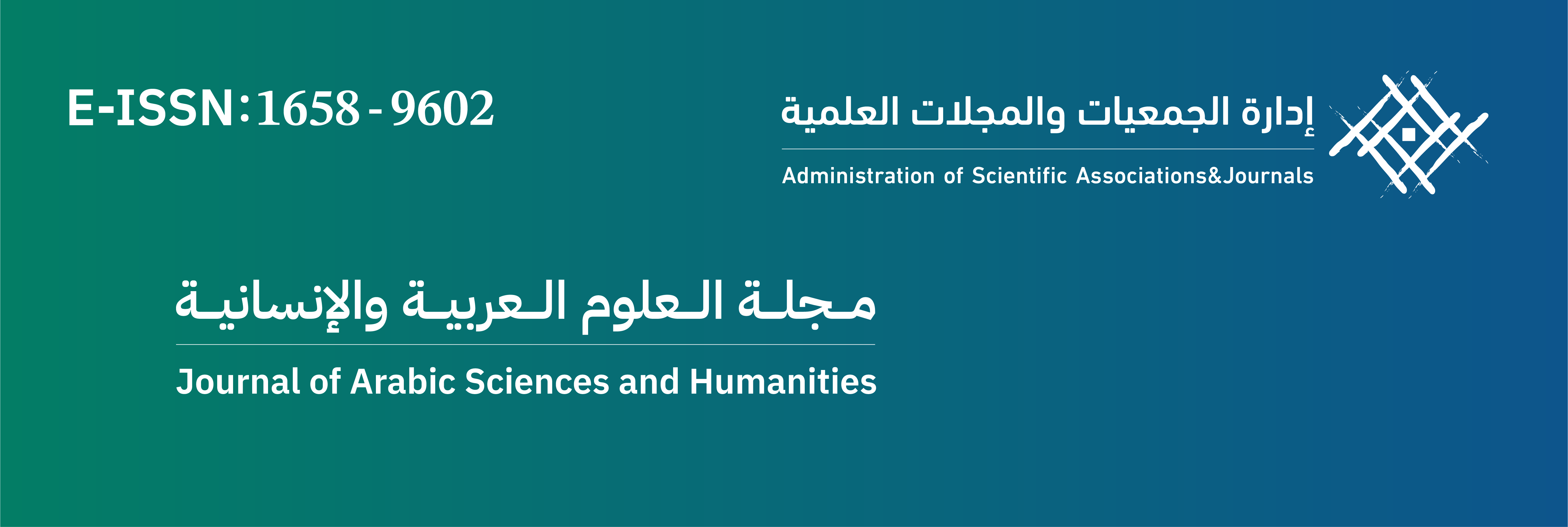Abstract
This paper examines how power relations reshape sacred space and symbolic hierarchies by comparing two distinct artistic genres: medieval and Renaissance donor portraits, and sultanic mawlidiyyāt in al-Maghreb and al-Andalus. Both genres intertwine devotional, aesthetic, and political dimensions
, and reflect parallel shifts in representing patrons and patronage. The study argues that the patron’s growing prominence—visually in images and textually in mawlidiyyāt—was not merely aesthetic, but a response to legitimacy pressures and social distinction that propelled patrons to overshadow Holy figures. The mawlidiyya is approached here as a closed ceremonial discourse, meant to control prophetic praise and reproduce the classical tripartite structure. The analysis draws on New Historicism, Foucault’s discourse theory, and other concepts like Durkheim’s “sacred contagion,” Morgan’s “sacred gaze,” and Connerton’s “choreography of power” while engaging Panofsky, Pope-Hennessy, Franses, Zallāqī, al-Ḥarūṭ, Weinrich, Stetkevych etc.
Keywords: Donor Portraits, sultanic Mawlidiya, Prophetic Panegyric, New Historicism, power relations
